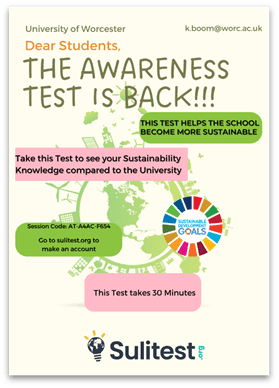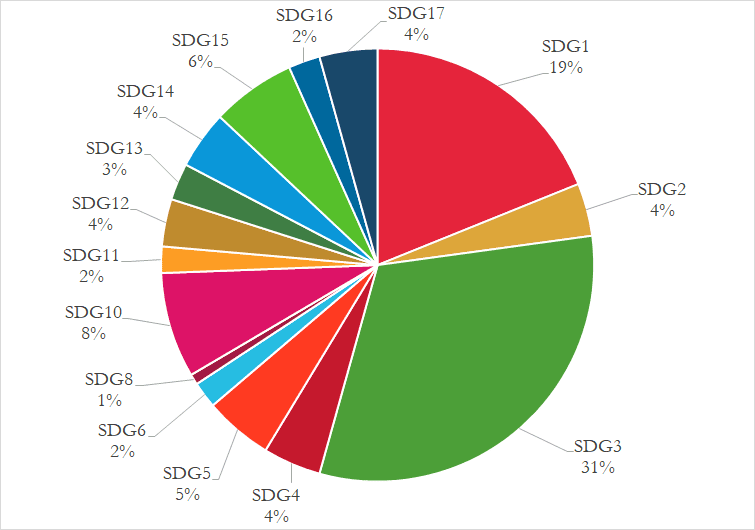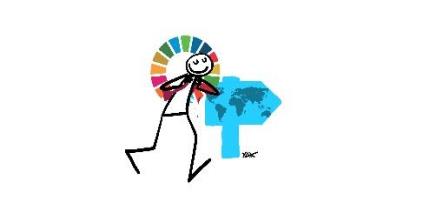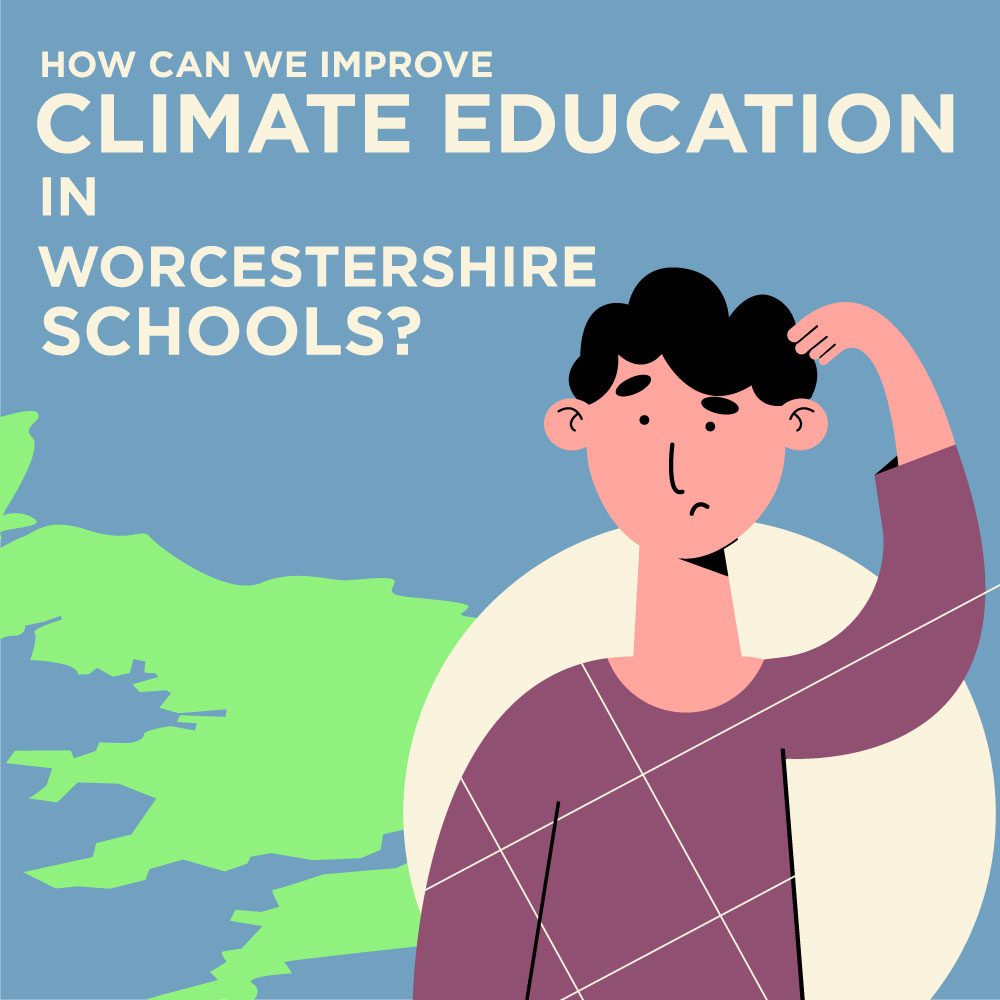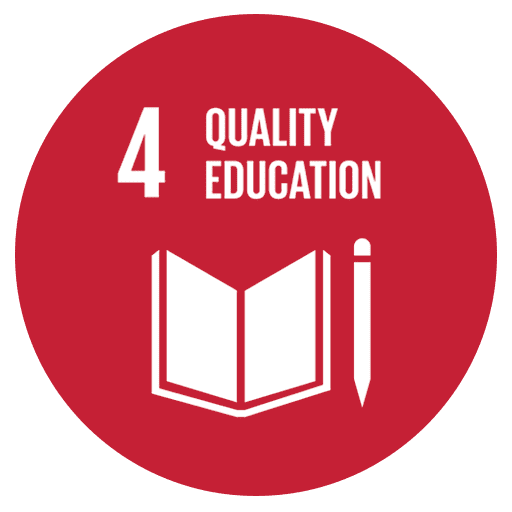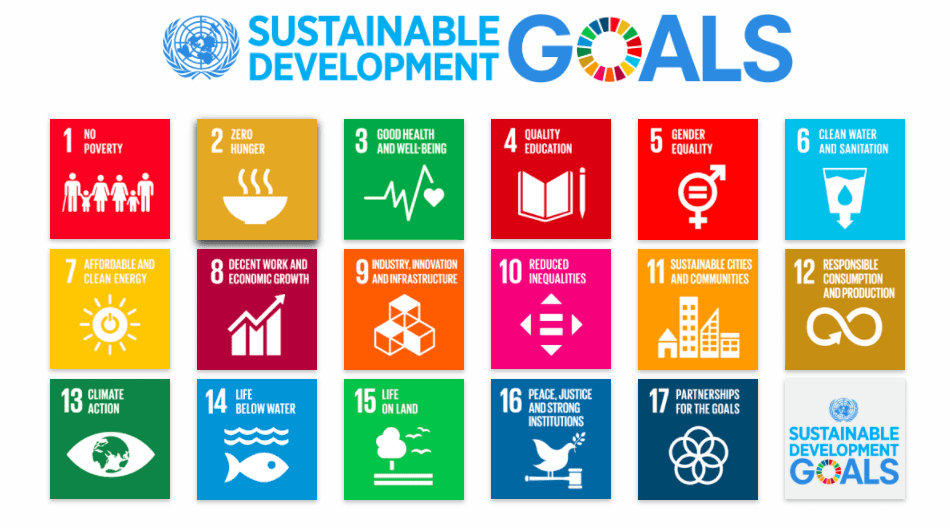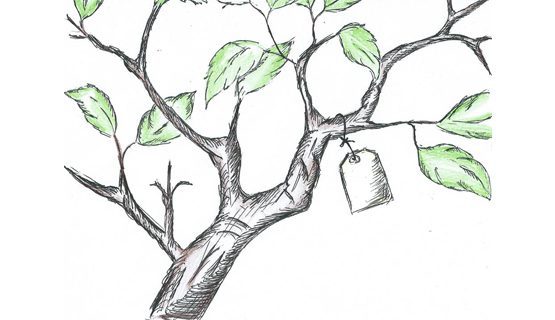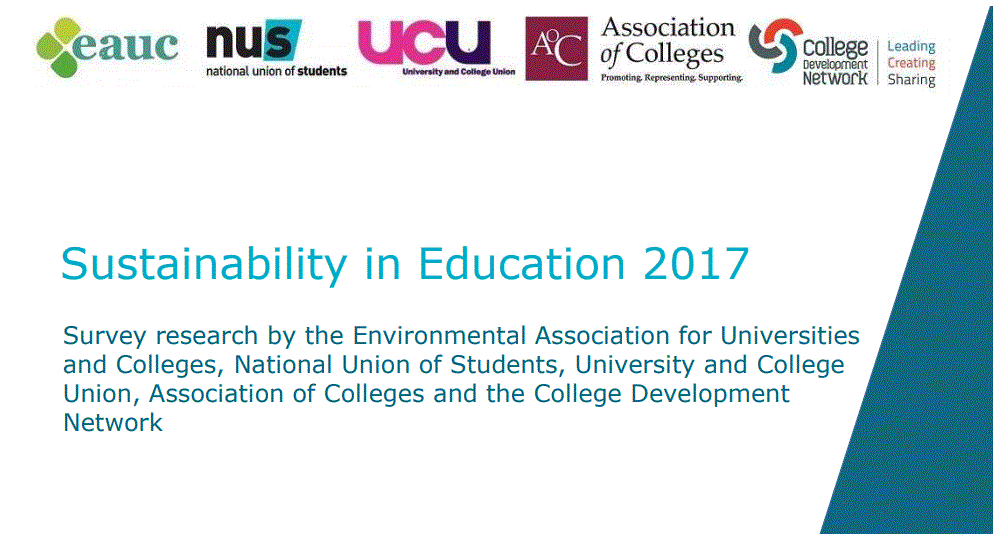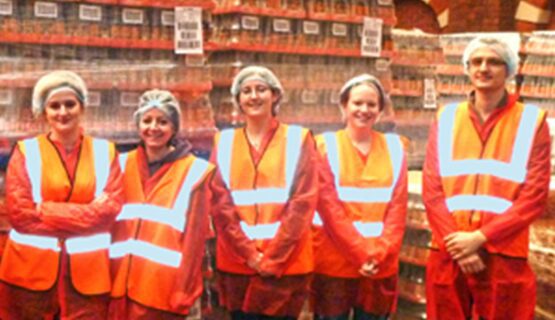Bridging Continents: How Two Worcesters Are Reimagining Sustainability in Higher Education
What happens when two universities—one in the UK and one in the US—share not just a name, but a vision for sustainability in higher education? That’s the story behind a recent student-led research project connecting… Bridging Continents: How Two Worcesters Are Reimagining Sustainability in Higher Education



